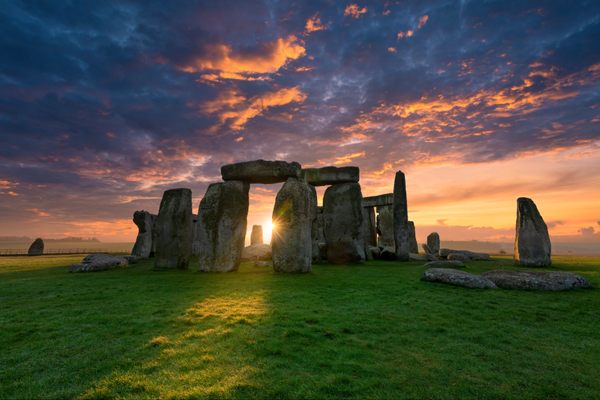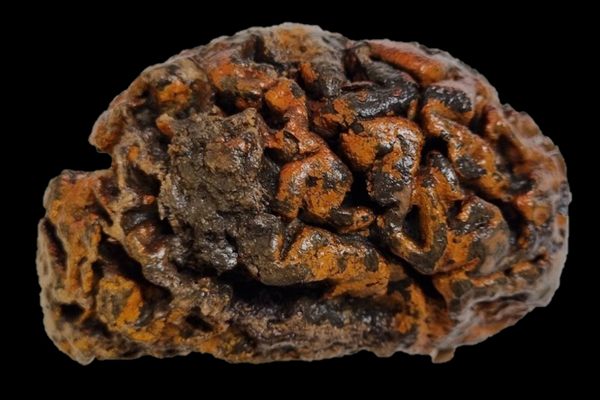Found: Milk Residue That Proves Ancient Europeans Used Cute-as-Heck Baby Bottles
The clay vessels are shaped like mythical animals.

For decades, archaeologists excavating ancient children’s graves in Germany and Austria were puzzled by a set of artifacts: small, rounded vessels, some with handles, and some with designs that looked like the ears and feet of unrecognizable creatures. “We think of [them] as mythical animals,” says Julie Dunne, a Senior Research Associate in chemistry at the University of Bristol, whose team recently analyzed several of the vessels, which date from 1200 BC to 450 BC.
While each vessel was unique, they shared a common feature: All of them had some kind of opening that, like a sippy cup, seemed child-friendly. Archaeologists assumed the objects were ancient baby bottles, but they couldn’t rule out that they were used by the elderly or people with illnesses.
Thanks to the work of Dunne’s team, researchers are now nearly certain that the bottles were intended for babies. To determine what the vessels had contained, Dunne’s team used organic-residue analysis, drilling a small amount of dust from the objects to find and analyze particles from ancient food. “Basically, whatever you were cooking in your pot 5,000 years ago, traces of that remain,” says Dunne.

In this case, Dunne’s team found traces of lipids from ruminant milk. Ruminants are a category of mammal that includes cows, sheep, and goats, and the presence of their milk indicates a farming society. These results confirmed scientists’ hunch that the fanciful vessels had been used to feed infants, and offered evidence that Europeans were weaning babies with animal milk as far back as 1200 BC. “It tells us what babies are being fed at that time, and we didn’t know that,” says Dunne. The findings are also an example of one way the shift from hunting to farming enabled the “Neolithic population explosion.” By supplementing breast milk with milk from domesticated animals, ancient mothers were able to bear and feed more children.
As for the baby bottles themselves, their playful design and placement in children’s graves suggest a caring connection between children and parents that extended beyond death. Each child’s bottle, says Dunne, would have been unique. “The mother might have thought they were something they would want to take.” And while it’s impossible to peek into the minds of people from past societies, it’s safe to assume that the cuteness of animal-decorated baby bottles is universal. “They’re very playful,” Dunne says. “The babies probably laughed when they saw them.”
Gastro Obscura covers the world’s most wondrous food and drink.
Sign up for our regular newsletter.




















Follow us on Twitter to get the latest on the world's hidden wonders.
Like us on Facebook to get the latest on the world's hidden wonders.
Follow us on Twitter Like us on Facebook